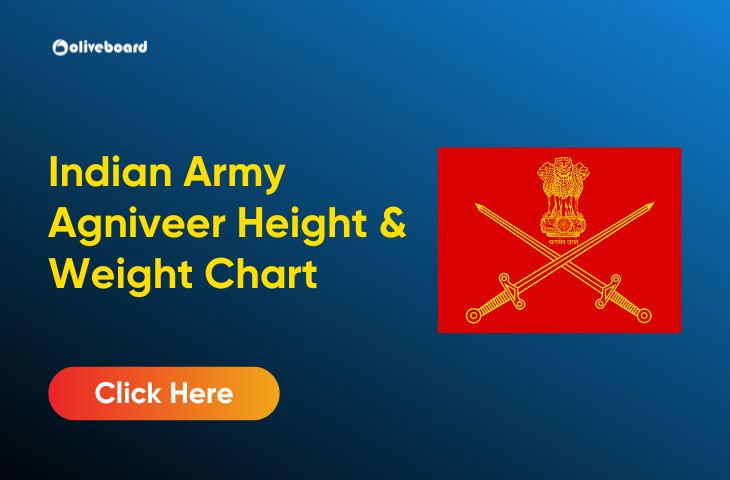Agniveer Height and Weight Chart
Height and Weight Chart – The Indian Army has gained popularity due to its courageous soldiers who seize every opportunity to honour the country. Every Indian holds army personnel in high regard for the selfless services they render to the motherland. The recruitment panel is extremely strict for Indian Army Height and Weight requirements. This may be because candidates must be physically healthy because an Indian Army officer’s profession requires a lot of physical exertion. Get the complete height weight chart in this blog.
Indian Army Height and Weight Chart 2024
In fact, the Army is so obsessed with inducting only physically fit applicants that they’ve published both genders’ height and weight chart. Yet one crucial concern that never leaves the candidates’ minds is: Why is there such a rigorous indian army height requirement & indian army weight requirement? The best response to that might be that a soldier sometimes has to carry injured soldiers, heavy weaponry, and supplies when a battle breaks out.
Indian Army Height and Weight Chart for Agniveer 2024
Candidates who wants to apply for Agniveer exams, check the army height and weight chart requirements respective to your gender and district.
Indian Army Height and Weight Chart for Male
The table below contains the male category’s minimum height for indian army and weight requirements for the Indian Army. It is crucial that candidates examine their age and height in order to determine the appropriate weight.
| Height (cm) | Minimum Weight for all ages (kg) | Age 17 to 20Yrs Weight (kg) Max Permissible Weight | Age 20+01 day – 30Yrs Weight (kg) Max Permissible Weight |
| 155 | 43.2 | 52.9 | 55.3 |
| 156 | 43.8 | 53.5 | 56.0 |
| 157 | 44.4 | 54.2 | 56.7 |
| 158 | 44.9 | 54.9 | 57.4 |
| 159 | 45.5 | 55.6 | 58.1 |
| 160 | 46.1 | 56.3 | 58.9 |
| 161 | 46.7 | 57.0 | 59.6 |
| 162 | 47.2 | 57.7 | 60.4 |
| 163 | 47.8 | 58.5 | 61.1 |
| 164 | 48.4 | 59.2 | 61.9 |
| 165 | 49.0 | 59.9 | 62.6 |
| 166 | 49.6 | 60.6 | 63.4 |
| 167 | 50.2 | 61.4 | 64.1 |
| 168 | 50.8 | 62.1 | 64.9 |
| 169 | 51.4 | 62.8 | 65.7 |
| 170 | 52.0 | 63.6 | 66.5 |
| 171 | 52.6 | 64.3 | 67.3 |
| 172 | 53.3 | 65.1 | 68.0 |
| 173 | 53.9 | 65.8 | 68.8 |
| 174 | 54.5 | 66.6 | 69.6 |
| 175 | 55.1 | 67.4 | 70.4 |
| 176 | 55.8 | 68.1 | 71.2 |
| 177 | 56.4 | 68.9 | 72.1 |
| 178 | 57.0 | 69.7 | 72.9 |
| 179 | 57.7 | 70.5 | 73.7 |
| 180 | 58.3 | 71.3 | 74.5 |
| 181 | 59.0 | 72.1 | 75.4 |
| 182 | 59.6 | 72.9 | 76.2 |
| 183 | 60.3 | 73.7 | 77.0 |
| 184 | 60.9 | 74.5 | 77.9 |
| 185 | 61.6 | 75.3 | 78.7 |
| 186 | 62.3 | 76.1 | 79.6 |
| 187 | 62.9 | 76.9 | 80.4 |
| 188 | 63.6 | 77.8 | 81.3 |
| 189 | 64.3 | 78.6 | 82.2 |
| 190 | 65.0 | 79.4 | 83.0 |
| 191 | 65.7 | 80.3 | 83.9 |
| 192 | 66.4 | 81.1 | 84.8 |
| 193 | 67.0 | 81.9 | 85.7 |
| 194 | 67.7 | 82.8 | 86.6 |
| 195 | 68.4 | 83.7 | 87.5 |
| 196 | 69.1 | 84.5 | 88.4 |
| 197 | 69.9 | 85.4 | 89.3 |
| 198 | 70.6 | 86.2 | 90.2 |
| 199 | 71.3 | 87.1 | 91.1 |
| 200 | 72.0 | 88.0 | 92.0 |
| 201 | 72.7 | 88.9 | 92.9 |
| 202 | 73.4 | 89.8 | 93.8 |
| 203 | 74.2 | 90.7 | 94.8 |
| 204 | 74.9 | 91.6 | 95.7 |
| 205 | 75.6 | 92.5 | 96.7 |
| 206 | 76.4 | 93.4 | 97.6 |
| 207 | 77.1 | 94.3 | 98.6 |
| 208 | 77.9 | 95.2 | 99.5 |
| 209 | 78.6 | 96.1 | 100.5 |
| 210 | 79.4 | 97.0 | 101.4 |
Indian Army Height and Weight Chart For Female
A significant portion of the Indian Army is made up of women cadets, and numerous female officers have demonstrated their ability to assume leadership roles when necessary. The table below contains the female category’s minimum height and weight requirements for the Indian Army. It is crucial that candidates examine their age and height in order to determine the appropriate weight.
| Height (cm) | Minimum Weight for all ages (kg) | Age 17 to 20Yrs Weight (kg) Max Permissible Weight | Age 20+01 day – 30Yrs Weight (kg) Max Permissible Weight |
| 162 | 47.2 | 57.7 | 60.4 |
| 163 | 47.8 | 58.5 | 61.1 |
| 164 | 48.4 | 59.2 | 61.9 |
| 165 | 49.0 | 59.9 | 62.6 |
| 166 | 49.6 | 60.6 | 63.4 |
| 167 | 50.2 | 61.4 | 64.1 |
| 168 | 50.8 | 62.1 | 64.9 |
| 169 | 51.4 | 62.8 | 65.7 |
| 170 | 52.0 | 63.6 | 66.5 |
| 171 | 52.6 | 64.3 | 67.3 |
| 172 | 53.3 | 65.1 | 68.0 |
| 173 | 53.9 | 65.8 | 68.8 |
| 174 | 54.5 | 66.6 | 69.6 |
| 175 | 55.1 | 67.4 | 70.4 |
| 176 | 55.8 | 68.1 | 71.2 |
| 177 | 56.4 | 68.9 | 72.1 |
| 178 | 57.0 | 69.7 | 72.9 |
| 179 | 57.7 | 70.5 | 73.7 |
| 180 | 58.3 | 71.3 | 74.5 |
| 181 | 59.0 | 72.1 | 75.4 |
| 182 | 59.6 | 72.9 | 76.2 |
| 183 | 60.3 | 73.7 | 77.0 |
| 184 | 60.9 | 74.5 | 77.9 |
| 185 | 61.6 | 75.3 | 78.7 |
| 186 | 62.3 | 76.1 | 79.6 |
| 187 | 62.9 | 76.9 | 80.4 |
| 188 | 63.6 | 77.8 | 81.3 |
| 189 | 64.3 | 78.6 | 82.2 |
| 190 | 65.0 | 79.4 | 83.0 |
| 191 | 65.7 | 80.3 | 83.9 |
| 192 | 66.4 | 81.1 | 84.8 |
| 193 | 67.0 | 81.9 | 85.7 |
| 194 | 67.7 | 82.8 | 86.6 |
| 195 | 68.4 | 83.7 | 87.5 |
| 196 | 69.1 | 84.5 | 88.4 |
| 197 | 69.9 | 85.4 | 89.3 |
| 198 | 70.6 | 86.2 | 90.2 |
| 199 | 71.3 | 87.1 | 91.1 |
| 200 | 72.0 | 88.0 | 92.0 |
| 201 | 72.7 | 88.9 | 92.9 |
| 202 | 73.4 | 89.8 | 93.8 |
| 203 | 74.2 | 90.7 | 94.8 |
| 204 | 74.9 | 91.6 | 95.7 |
| 205 | 75.6 | 92.5 | 96.7 |
| 206 | 76.4 | 93.4 | 97.6 |
| 207 | 77.1 | 94.3 | 98.6 |
| 208 | 77.9 | 95.2 | 99.5 |
| 209 | 78.6 | 96.1 | 100.5 |
| 210 | 79.4 | 97.0 | 101.4 |
Indian Army Agniveer Physical Standards
Check out the Indian Army Agniveer Physical Standards for both males & females in the subsections below:
Indian Army Agniveer Physical Standards – Males
These are the minimum physical standards for the males:
| S. No. | Category | Minimum Physical Requirements |
| (a) | Agniveer (General Duty) | 170 |
| (b) | Agniveer (Technical) | 170 |
| (c) | Agniveer (Office Asst/ Store Keeper Technical) | 162 |
| (d) | Agniveer Tradesmen 10th Pass | 170 |
| (e) | Agniveer Tradesmen 8th Pass | 170 |
Indian Army Agniveer Physical Standards – Females
These are the minimum physical standards for the females:
| State & UT | Minimum Height (Cms) Agniveer General Duty (Women Military Police |
| Andhra Pradesh, Tamil Nadu, Telangana, UT Puducherry ( Puducherry, Karaikal & Yanam) and UT Andaman & Nicobar Island | 162 |
Because the job of an army officer is so demanding and difficult, the authorities only want those citizens on the force who are capable of living up to their expectations when they are most needed.
| Related Links | Related Links | Related Links |
| Indian Army Agniveer Previous Year Cut Off | Indian Army Agniveer Previous Year Paper | Indian Army Agniveer Certificate Format |
Indian Army Height and Weight Chart: Frequently Asked Questions:
Ans. The height for Indian Agniveer army for male is 170 cm and for female 162 cm.
Ans. The Indian Agniveer army physical fitness includes 1.6 Km run, Beam (Pull Ups), 9 Feet Ditch and Zig Zag Balance.
Ans. The qualifying mark for Agniveer is min 50% marks in aggregate and min 40% in each subject
| Related Links | Related Links |
| Indian Airforce Agniveer Notification | Indian Navy Agniveer Notification |
- What Is the Indian Army Agniveer Exam Date 2025? Full CEE Schedule
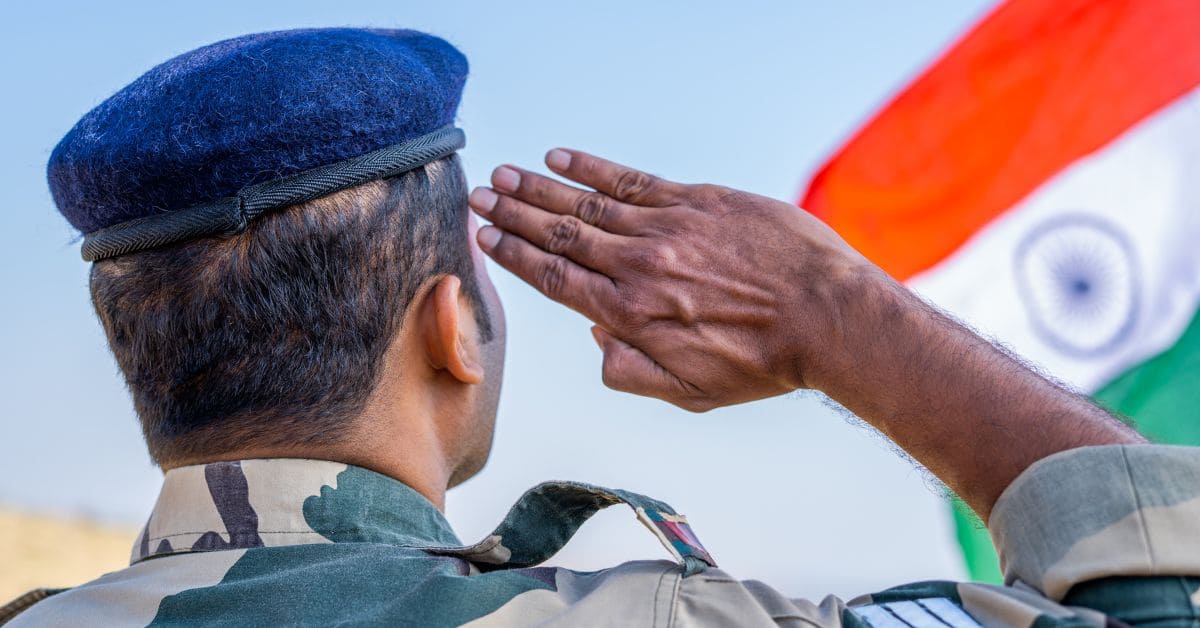
- AFCAT 2 2025 Notification Out for 284 Posts, Apply Online From 2nd June
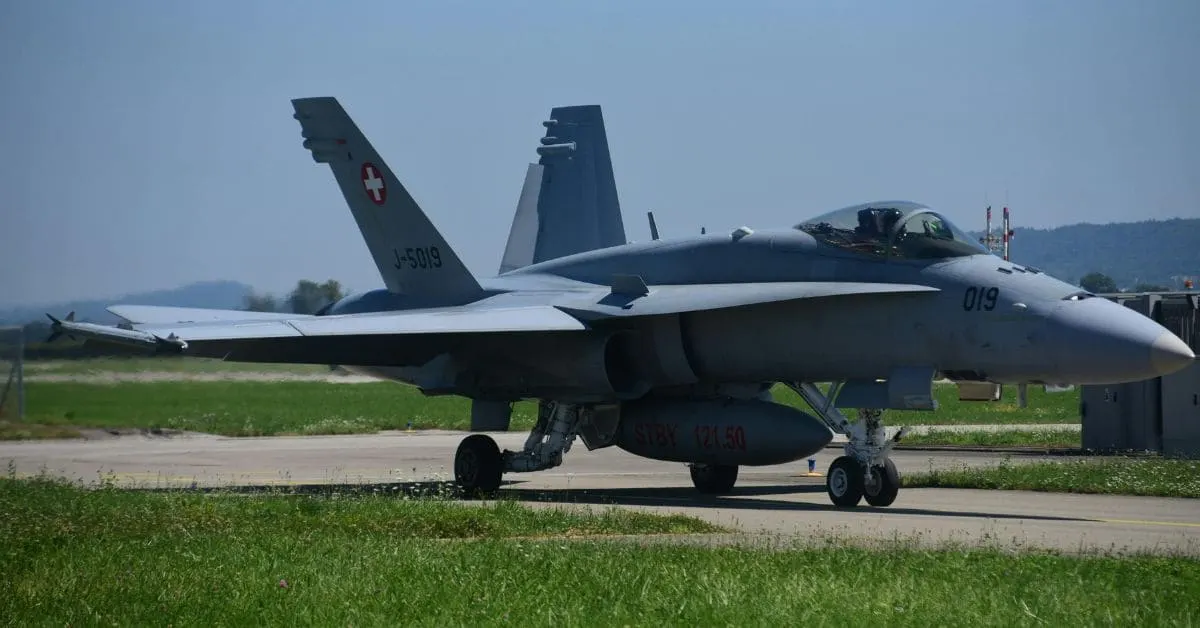
- Indian Army Agniveer Certificate Format 2025, Download PDFs
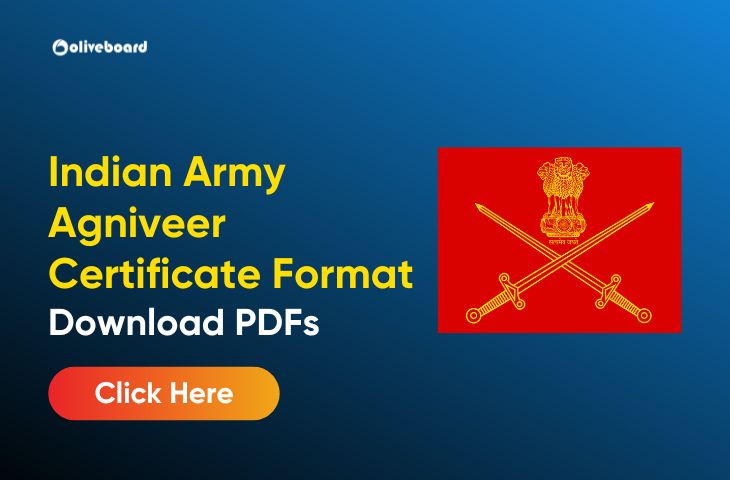
- Indian Navy Agniveer MR Syllabus & Exam Pattern 2025

- BSF Head Constable (Ministerial) Previous Year Papers PDF Download
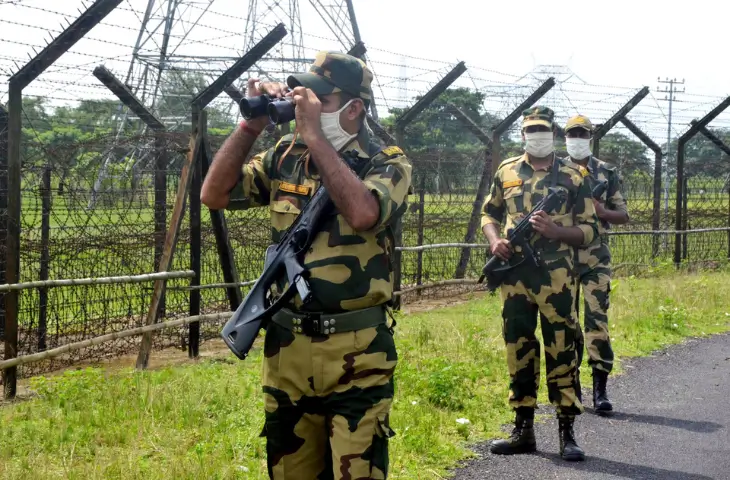
- BRO MSW Recruitment 2025 Notification Out, Age Limit, Qualification

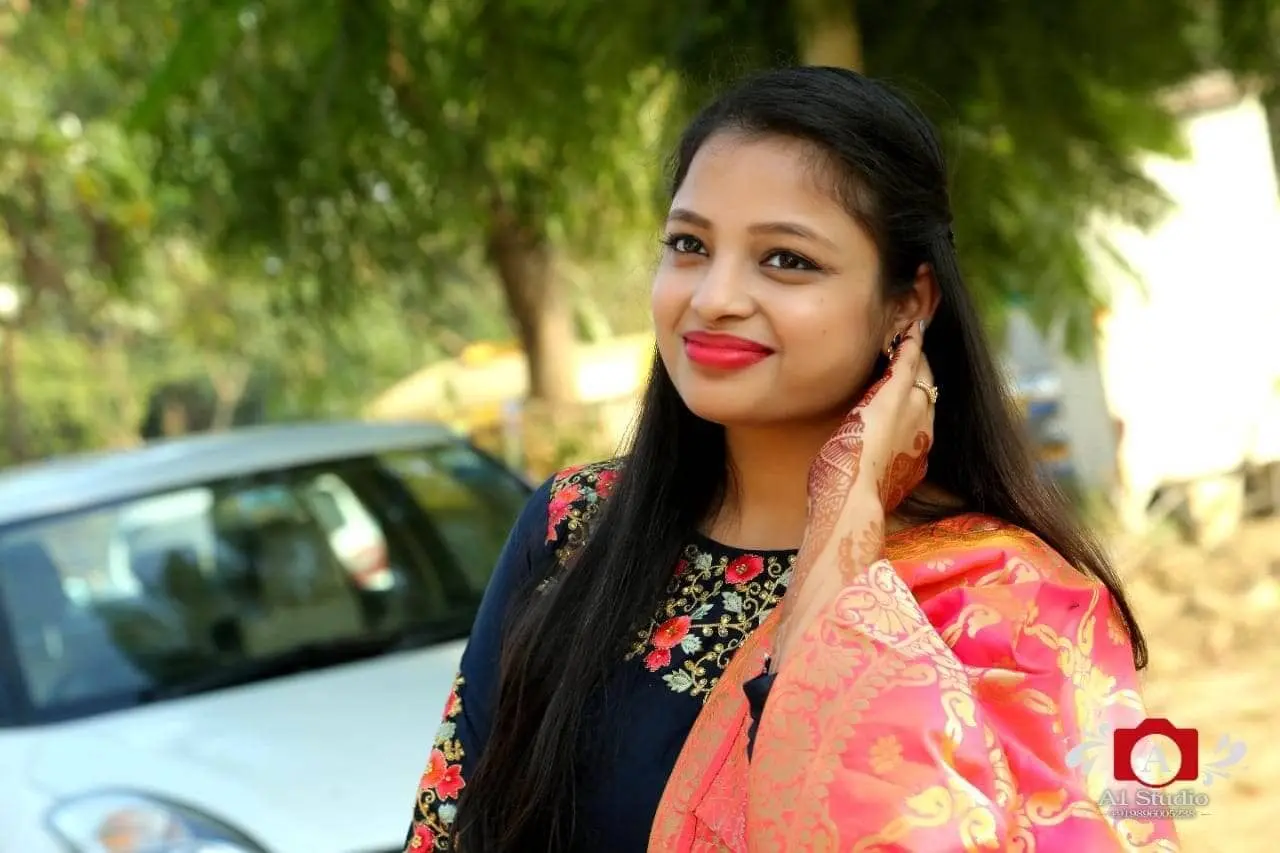
Hello there! I’m a dedicated Government Job aspirant turned passionate writer & content marketer. My blogs are a one-stop destination for accurate and comprehensive information on exams like Regulatory Bodies, Banking, SSC, State PSCs, and more. I’m on a mission to provide you with all the details you need, conveniently in one place. When I’m not writing and marketing, you’ll find me happily experimenting in the kitchen, cooking up delightful treats. Join me on this journey of knowledge and flavors!
